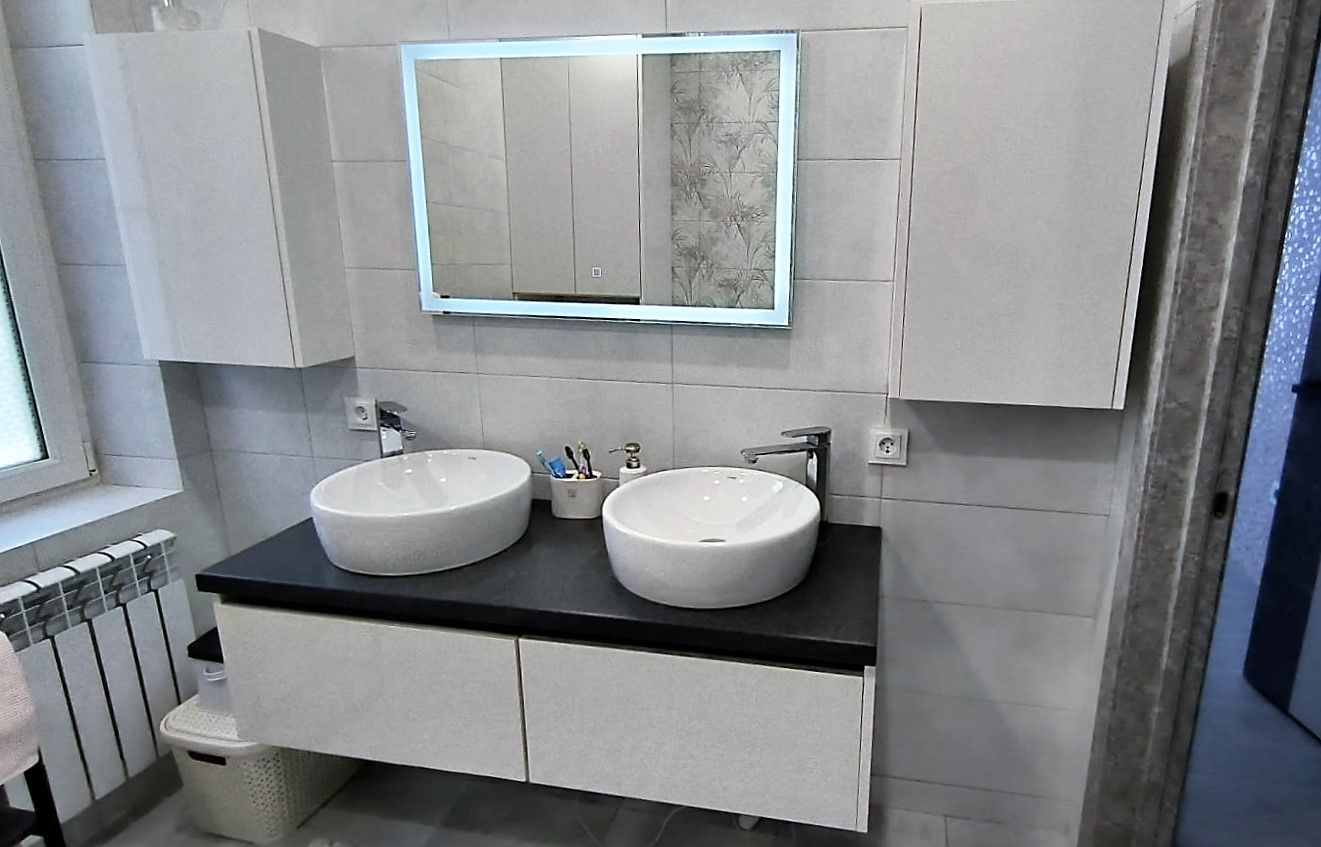
Culinary Spaces Reimagined: The Future of Food and Design
As the world evolves, so do our culinary spaces. They are no longer just places to prepare and eat food; they have become hubs of innovation, design, and social interaction. The reimagining of these spaces is not just about aesthetics or functionality, but also about how we relate to and interact with food in our daily lives.
Blurring the Lines Between Kitchen and Living Space
The traditional barriers between the kitchen and the living areas are disappearing. The new culinary space is an open, inviting area that encourages interaction and engagement. Kitchens are being designed to flow seamlessly into the living and dining areas, creating a cohesive environment that is both functional for cooking and comfortable for socializing.
Technology-Infused Culinary Environments
Technology is playing a key role in the transformation of culinary spaces. Smart kitchens equipped with the latest appliances that offer connectivity and user-friendly interfaces are on the rise. They allow for a personalized cooking experience, with features like recipe suggestions, automated grocery lists, and even remote control of appliances, which adds convenience and efficiency to meal preparation.
Sustainable and Health-Conscious Design
Sustainability is a significant influence on the design of modern kitchens. From the materials used in construction and appliances, to waste management systems, every aspect is considered for its environmental impact. This includes the use of energy-efficient appliances, composting options, and even home gardening installations, allowing individuals to grow their own herbs and vegetables within their culinary space.
Interactive and Social Cooking Spaces
The reimagined kitchen also focuses on the social aspect of cooking and eating. Cooking islands with built-in seating areas, multipurpose workspaces, and integrated dining surfaces promote a sense of community and conversation. This transforms meal preparation from a solitary activity into a shared experience.
The Emergence of Multi-Functional Spaces
The lines between culinary spaces and other home functions are becoming increasingly blurry. Kitchens are doubling as home offices, classrooms, and even entertainment areas. Designers are creating multi-functional spaces that can adapt to the varying needs of the inhabitants, ensuring that the kitchen remains the heart of the home no matter the occasion.
The Aesthetic of Culinary Spaces
Finally, aesthetics are a crucial component of reimagined culinary spaces. Bespoke cabinetry, artistic lighting fixtures, and bold color schemes are being used to reflect the personality and style of the homeowner. This shift towards personalized design ensures that culinary spaces are not just functional, but also a reflection of individual taste and creativity.
Conclusion
Culinary spaces have undergone a remarkable transformation, becoming more than just areas to cook and eat. They have evolved into technologically advanced, sustainable, social, and multi-functional environments that reflect the changing lifestyles and preferences of modern society. As we move forward, these spaces will continue to adapt, offering not just a place to prepare meals, but a complete living experience centered around food, design, and community.
```